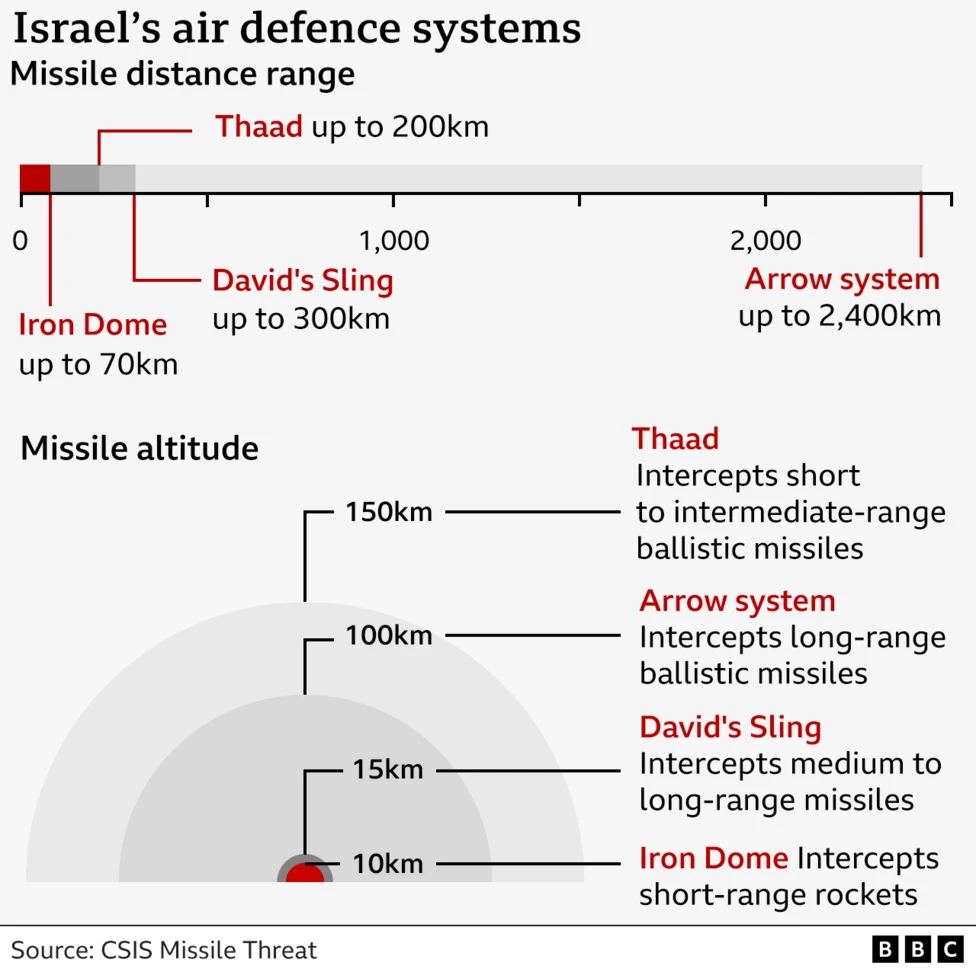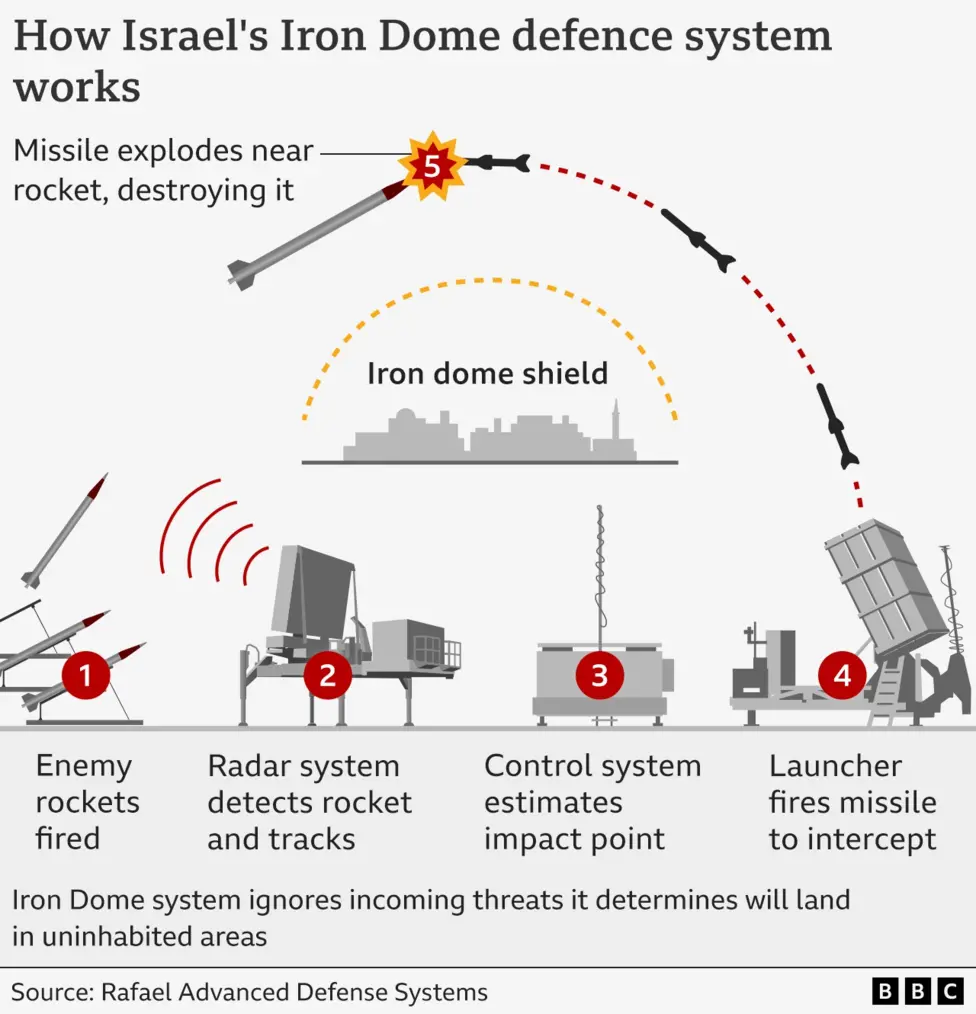

Iran Update Special Report, June 19, 2025, Morning Edition
The IDF (Israel Defense Forces) has struck several Iranian nuclear facilities since CTP-ISW’s last data cutoff at 5:00 PM ET on June 18. The IDF struck the Arak Heavy Water Reactor in Markazi Province on June 19.[2] Iran began construction of the heavy water reactor in 1997, but the reactor never became operational.[3] Heavy water reactors produce plutonium as a byproduct, which can be used to create nuclear weapons.[4] Iran agreed to redesign the facility to alleviate international concerns about possible plutonium production as part of the 2015 nuclear deal.[5] The IDF said that it struck the facility due to its capacity to support the production of plutonium-based nuclear weapons.[6] Iran has pursued a uranium-based, not plutonium-based, nuclear program. The IDF separately struck a storage facility in Natanz, Esfahan Province. The IDF said that the storage facility contained equipment that Iran could use to develop nuclear weapons.[7] Previous Israeli airstrikes on the Natanz Enrichment Complex directly impacted the complex’s underground enrichment facilities.[8]
The IDF has struck at least six Iranian Ghadir radars since June 12, according to commercially available satellite imagery. Ghadir radars reportedly have the ability to detect aircraft from 1,100 kilometers away.
An Iranian ballistic missile struck the Soroka Medical Center in Beersheba. Iranian ballistic missile attacks on Israel since CTP-ISW’s last data cutoff have injured over 200 individuals. The Israeli defense minister warned that Israel will intensify its attacks on Iran following the strike on the Soroka Medical Center.
more + maps
https://www.understandingwar.org/backgrounder/iran-update-special-report-june-19-2025-morning-edition
Iran Update Special Report, June 19, 2025, Evening Edition
Information Cutoff: 5:00 PM ET
Commercially available satellite imagery shows that the IDF targeted the Sanjarian site in Tehran Province on June 18. Former UN weapons inspector David Albright stated on June 19 that Israeli strikes “completely destroyed” four buildings at the Sanjarian site and may have caused “collateral damage” near the site.[19] The site served as a key facility in Iran’s Amad Project, which was Iran’s nuclear weapons program before 2003. Iran used the Sanjarian site to conduct high explosive tests in specialized chambers.[20] The Institute for Science and International Security previously reported that Iran increased activity at two nuclear sites in late 2024 that were previously used for high explosive testing, including the Sanjarian site.[21] Iran also “reactivated and accelerated” activities at the Golab Dareh nuclear site in Tehran Province in late 2024.[22]
Iranian officials have expressed interest in negotiating an end to the Israel-Iran conflict but have not moderated their negotiating positions from before the conflict. Iranian proposals that do not fulfill US demands, such as the US demand for zero Iranian uranium enrichment, will likely preclude Iran from reaching a new nuclear deal with the United States and a ceasefire in the Israel-Iran War.
Iranian Supreme Leader Ali Khamenei appointed Brigadier General Mohammad Karami as the IRGC Ground Forces commander on June 19. Khamenei’s appointment of Karami may reflect regime concerns about potential domestic unrest, given that Karami has previously been involved in suppressing internal dissent.
Iran has continued its ballistic missile campaign despite the IDF’s claims that it has destroyed between one-half and two-thirds of Iran’s missile launchers. Iran has launched more advanced missiles targeting Israel since June 18.
Iranian-backed Iraqi militias continue to threaten retaliation if the United States joins the Israel-Iran War. The Kataib Hezbollah spokesperson warned on June 19, for example, that US participation in the war would trigger attacks on US bases in the region, the closure of the Strait of Hormuz and the Bab al Mandab, and the closure of ports in the Red Sea.
more + maps https://www.understandingwar.org/backgrounder/iran-update-special-report-june-19-2025-evening-edition


The US Air Force deployed six air-to-air refueling aircraft to California and Hawaii. The aircraft support combat operations by enhancing the ability of aircraft to project force.
Israel has continued to strike Iranian air defense and missile forces. These strikes have helped Israel achieve air superiority over parts of Iran and preempt Iranian missile attacks.
Israel has continued to strike the Iranian internal security apparatus, which could degrade the ability of the regime to repress its people.
Iran has continued to fire drones at Israel, but these attacks are relatively ineffective due to the amount of time Israel has to react to Iranian drone attacks. The drones employed by Iran to target Israel take roughly nine hours to reach Israel, which enables Israel to scramble aircraft or direct aircraft on combat air patrol to intercept incoming projectiles. The IDF has intercepted four drones targeting Israel since CTP-ISW’s 5:00 PM ET data cutoff on June 19.[22] The IDF intercepted an Iranian drone over Haifa in northern Israel.[23] The IDF also intercepted three Iranian drones over the Dead Sea.[24] These drone interceptions occurred in three separate waves that were reported at 5:20 PM ET, 8:05 PM ET, and 8:38 PM ET.[25] None of the three waves appears calibrated to enter Israeli airspace at the same time as the ballistic missile attack mentioned above, which was reported at 10:48 PM ET.[26] This means that the drones presumably failed to strain Israeli air defense bandwidth like they would if the drones entered Israeli airspace at the same time as the ballistic missiles.
Iran Update Special Report, June 20, 2025, Evening Edition
Information Cutoff: 5:00 PM ET
Iran is attempting to impose a dilemma on the United States and the international community: accept Iranian terms in nuclear negotiations or risk a long and challenging hunt for hidden Iranian nuclear material. This dilemma is likely designed to harden Iran's nuclear program against destruction either by securing an agreement on Iranian terms (which would presumably allow Iran to continue enrichment) or protecting Iranian nuclear material by hiding the material, thus making a US or Israeli effort to destroy the material more difficult.
Islamic Revolutionary Guards Corps (IRGC) Major General Mohsen Rezaei stated during an interview on June 20 that Iran has relocated its enriched material to a secure location to prevent it from being destroyed.[1] This statement is presumably intended to suggest to a Western audience that destroying all of Iran's nuclear material would require a long, challenging, and possibly futile hunt for hidden material and that, therefore, the West should negotiate with Iran. Iranian officials have expressed their interest in negotiating a nuclear deal with the United States, but have not moderated their negotiating position from before the conflict.[2]
Iran remains committed to preserving its stated “right” to enrich uranium.[3] These Iranian demands over enrichment have been a non-starter for the United States and Israel in the ongoing negotiations, suggesting Rezaei’s statement is designed to increase the pressure on the United States and Israel to relax their positions. The United States and Israel have rejected Iranian demands and maintained that Iran will not be permitted to enrich uranium on Iranian soil.[4] Israel launched its air campaign on June 12 to “degrade, destroy, and remove [the] threat” of Iranian weaponization of its nuclear program, and a senior Israeli official said that enrichment remains a red line.[5] US President Donald Trump has threatened to support an air campaign targeting Iranian nuclear infrastructure if Iran fails to meet US demands for zero enrichment.[6]
International Atomic Energy Agency Director Rafael Grossi warned of a dangerous degradation of nuclear security at Iranian nuclear sites due to Israeli strikes.[26] Grossi addressed the United Nations Security Council on June 20 to present the IAEA’s findings on nuclear security concerns amid the Israeli air campaign. He noted that further damage to Iranian nuclear facilities could result in radiological leaks that could endanger surrounding populations. Grossi noted that Israeli airstrikes targeting the Natanz enrichment site on June 13 destroyed electricity infrastructure and seriously damaged underground nuclear cascade facility. He noted that there was no observed radioactivity outside the facility following the strikes, but suggested that there could be contamination within the facility. Grossi stated that Israeli airstrikes on June 13 also damaged the central chemical laboratory, a uranium conversion plant, the Tehran reactor-fuel manufacturing plant, and the enriched uranium metal processing facility at the Esfahan nuclear site. Grossi confirmed that the Khondab Heavy Water Research Reactor in Arak, Markazi Province, was not operational at the time of Israel's June 19 airstrike. Grossi issued a strong warning that any damage to the Bushehr Nuclear Power Plant could result in a “very high” release of radioactivity into the environment. Grossi stated that a strike that destabilized power to the facility could cause the reactor's core to melt and release radioactivity into the environment. He explained that damage to the Bushehr Nuclear Power Plant would require relocating the nearby population several hundred kilometers away from the facility and providing iodine tablets to prevent radiation poisoning.